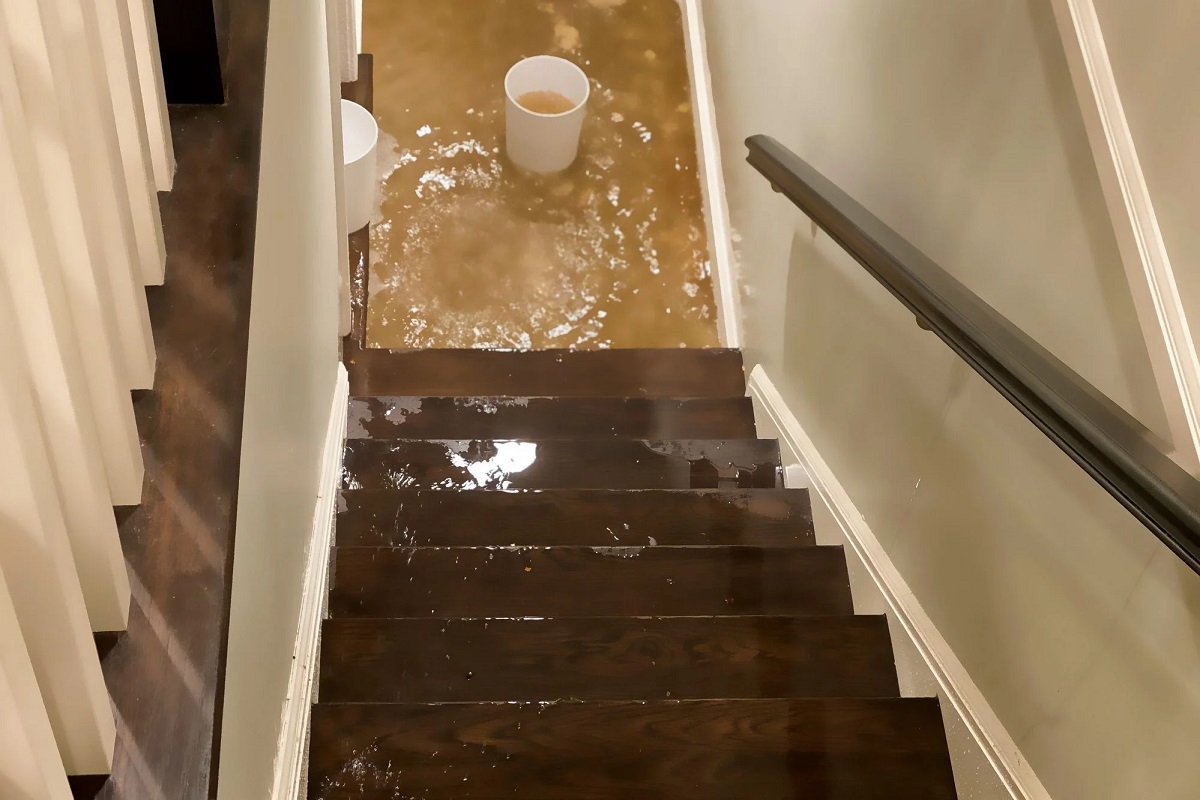

Articles
My Basement Floods When It Rains
Modified: January 6, 2024
Prevent basement flooding with these informative articles. Learn how to protect your property and keep your basement dry during rainy seasons.
(Many of the links in this article redirect to a specific reviewed product. Your purchase of these products through affiliate links helps to generate commission for Storables.com, at no extra cost. Learn more)
Introduction
Welcome to my article on the common issue of basement flooding when it rains. There’s nothing worse than discovering a pool of water in your basement after a heavy rainstorm. Not only is it a hassle to clean up, but it can also lead to extensive damage, costly repairs, and even health hazards. In this article, we will explore the various causes of basement flooding and provide practical solutions to help you prevent this recurring problem.
Basement flooding can occur for several reasons, but it often stems from poor drainage systems, cracks in the foundation, clogged gutters and downspouts, or an insufficient sump pump system. Understanding these causes is essential in identifying the root of your basement flooding issue and finding the most effective solutions.
In the following sections, we will discuss each of these causes in detail, highlighting their impact on basement flooding and offering recommendations on how to address them. By implementing these solutions, you can mitigate the risk of future basement flooding, safeguarding your property and giving yourself peace of mind.
Key Takeaways:
- Prevent basement flooding by addressing poor drainage, foundation cracks, clogged gutters, and sump pump issues. Regular maintenance and professional help are crucial for effective prevention.
- Install proper drainage, repair foundation cracks, maintain gutters, and upgrade sump pump to safeguard your basement from flooding. Stay proactive and consult professionals for tailored solutions.
Read more: House Floods When It Rains Due To Drainage
Causes of Basement Flooding
Basement flooding can be caused by a variety of factors. Understanding these causes is crucial in order to determine the appropriate solution for your specific situation. Let’s explore the most common culprits:
- Poor Drainage System: One of the main causes of basement flooding is a poorly designed or inadequate drainage system. If your property’s grading slopes toward your foundation, rainwater can collect and seep into your basement. Additionally, if your downspouts deposit water too close to the foundation, it can contribute to basement flooding. Poorly installed or outdated drainage systems can exacerbate these issues.
- Cracks in Foundation: Another common cause of basement flooding is cracks in the foundation. Over time, the foundation of your home can develop cracks due to settling or shifting of the soil. These cracks provide an entry point for water, allowing it to seep into your basement. It’s important to regularly inspect your foundation for any signs of damage or cracks and address them promptly to prevent water infiltration.
- Clogged Gutters and Downspouts: Gutters and downspouts play a critical role in directing rainwater away from your home. However, if they become clogged with debris such as leaves, twigs, or dirt, they can’t effectively drain water away. As a result, water can overflow from the gutters and accumulate near the foundation, increasing the risk of basement flooding. Routine gutter and downspout maintenance is essential in preventing this issue.
- Insufficient Sump Pump System: A sump pump is a crucial component of your basement’s waterproofing system. It is designed to remove excess water that accumulates in the sump pit, preventing it from flooding your basement. However, if your sump pump is outdated, improperly installed, or not functioning correctly, it can fail to remove water effectively, leading to basement flooding.
Now that we have examined the primary causes of basement flooding, it is essential to take the necessary steps to address these issues. In the next section, we will discuss practical solutions that can help prevent basement flooding and protect your home.
Poor Drainage System
A poor drainage system is one of the leading causes of basement flooding when it rains. If the water is not effectively directed away from your home, it can seep into the basement, causing extensive damage. Here are some common issues related to a poor drainage system and how to address them:
1. Incorrect Grading: If the slope of your property is towards your foundation, rainwater can accumulate near the basement walls. Over time, the pressure from the accumulated water can lead to leaks and basement flooding. To correct this issue, you may need to regrade the soil around your home. Ensure that the ground slopes away from the foundation, directing water towards a proper drainage area like a swale or a storm drain.
2. Inadequate Drainage Pipes: The drainage pipes around your home play a crucial role in directing water away from the foundation. If these pipes are too small or installed incorrectly, they may not be able to handle the volume of water during heavy rains. Consider upgrading to larger pipes or adding additional drainage outlets to improve the efficiency of the system.
3. Improper Downspout Placement: When downspouts deposit water too close to the foundation, it can lead to basement flooding. Ideally, downspouts should extend at least six feet away from your home, directing water towards a well-drained area. Use downspout extensions or splash blocks to ensure that water is effectively channeled away from your foundation.
4. French Drains: Installing a French drain system around the perimeter of your home can be an effective solution for managing excess water. A French drain consists of a perforated pipe surrounded by gravel or rock, which allows water to seep in and drain away from your foundation. This can help prevent water from accumulating and causing basement flooding.
By addressing these issues related to a poor drainage system, you can significantly reduce the risk of basement flooding during heavy rains. Remember to consult with a professional if you are unsure about the best course of action for your specific situation.
Cracks in Foundation
Cracks in the foundation of your home can be a major contributing factor to basement flooding. These cracks provide an entry point for water, allowing it to seep into your basement and cause damage. Here are some important points to consider when dealing with foundation cracks:
1. Regular Inspection: It’s important to regularly inspect your foundation for any signs of cracks. Look for any visible cracks on the walls, floors, or along the basement windows. Keep in mind that not all cracks are cause for concern, but it’s important to monitor their size and progression over time.
2. Identifying the Type of Crack: There are different types of foundation cracks, and each type may require a different approach in terms of repair. Vertical and diagonal cracks that are smaller in size are usually less severe and can be addressed with simple repairs. However, horizontal or wide cracks may indicate more serious structural issues and require professional assessment and repair.
3. Injecting Epoxy Resin: For minor cracks, epoxy resin injection is a common repair method. This involves injecting a liquid epoxy into the crack, which hardens and creates a sealed barrier against water infiltration. This method is effective for small cracks and helps prevent further water damage.
4. Waterproofing Coatings: Applying waterproofing coatings to the exterior walls of your foundation can provide an extra layer of protection against water intrusion. These coatings create a barrier that prevents water from seeping into the cracks and reaching the interior of your basement.
5. Foundation Repair: In cases where the cracks in your foundation are severe or indicative of structural issues, it’s important to consult with a professional foundation repair specialist. They can assess the extent of the damage and recommend appropriate repair methods, such as crack stitching, underpinning, or foundation reinforcement.
Remember, addressing foundation cracks promptly is crucial in preventing basement flooding and minimizing potential damage. If you notice any cracks, it’s always recommended to consult with a professional to determine the best course of action for your specific situation.
Clogged Gutters and Downspouts
Clogged gutters and downspouts can contribute to basement flooding by preventing proper water drainage. When leaves, twigs, and other debris accumulate in your gutters, they can obstruct the flow of water, leading to overflow and water pooling near the foundation. Here are some tips to address clogged gutters and downspouts:
1. Regular Gutter Maintenance: Regularly inspect and clean your gutters to ensure they are free of debris. This should ideally be done at least twice a year, in the spring and fall. Remove any leaves, twigs, or other debris by hand or with the help of a gutter scoop. Avoid using a power washer, as it can damage the gutters.
2. Install Gutter Guards: Consider installing gutter guards or leaf screens to help prevent debris from entering your gutters in the first place. These devices allow water to flow freely while blocking leaves and other debris. There are different types of gutter guards available, such as mesh screens or foam inserts, so choose one that suits your needs.
3. Downspout Extensions or Splash Blocks: Ensure that your downspouts are directing water away from the foundation. Install downspout extensions to direct water at least six feet away from your home. If you prefer a more aesthetically pleasing option, you can use splash blocks, which are decorative blocks placed at the end of the downspouts to disperse water.
4. Regular Inspection: Occasionally inspect your gutters and downspouts for any signs of damage, such as leaks or loose connections. If you notice any issues, repair them promptly to prevent further water overflow and potential basement flooding.
5. Professional Gutter Cleaning: If you’re uncomfortable or unable to clean your gutters yourself, consider hiring a professional gutter cleaning service. They have the expertise and tools necessary to safely and effectively remove debris and ensure proper gutter function.
By maintaining clean and functional gutters and downspouts, you can redirect water away from your foundation and help prevent basement flooding. Remember to stay proactive and perform regular maintenance to avoid potential issues.
Read more: Why Does My Basement Flood
Insufficient Sump Pump System
An insufficient sump pump system is a common culprit of basement flooding during heavy rains. A sump pump is designed to remove water that accumulates in the sump pit, preventing it from flooding your basement. Here’s what you need to know about addressing an insufficient sump pump system:
1. Evaluating Sump Pump Size and Capacity: One issue with an insufficient sump pump system is that it may be too small or not powerful enough to handle the amount of water entering the sump pit. Evaluate the size and capacity of your existing sump pump to ensure it is adequate for your needs. If necessary, consider upgrading to a larger or more powerful sump pump model.
2. Battery Backup System: Power outages are common during severe storms, and this can render your sump pump useless. Install a battery backup system to ensure that your sump pump continues to function even during power failures. This will help prevent basement flooding in situations where the main power supply is unavailable.
3. Regular Maintenance: Maintain your sump pump by performing routine checks and maintenance. Clean the pump and remove any debris or sediment that may hinder its operation. Test the sump pump periodically by pouring water into the sump pit to ensure it activates and pumps the water out correctly.
4. Sump Pit and Discharge Line Inspection: Check the sump pit and discharge line for any clogs or obstructions that could impede the flow of water. Ensure that the discharge line is directing water away from your foundation and towards a proper drainage area, such as a storm drain or a well-drained portion of your property.
5. Professional Inspection and Maintenance: Consider hiring a professional to inspect and maintain your sump pump system. They can assess the condition of the pump, recommend any necessary repairs or upgrades, and ensure that your system is functioning optimally for maximum protection against basement flooding.
Remember, a properly functioning and adequately sized sump pump system is crucial in preventing basement flooding during heavy rains. Regular maintenance and periodic inspections are key to ensuring the reliability of your sump pump and protecting your basement from water damage.
Make sure your gutters and downspouts are clear of debris to allow proper drainage. Consider installing a sump pump to remove excess water. Check for cracks in the foundation and seal them to prevent water from seeping in.
Solutions for Basement Flooding
Dealing with basement flooding can be a frustrating and costly problem, but there are effective solutions that can help prevent it from occurring. Here are several solutions to consider:
1. Install a Proper Drainage System: The first step in preventing basement flooding is to ensure you have a well-designed and properly installed drainage system around your home. This includes grading the soil away from the foundation, installing drain tiles or French drains, and directing water towards a well-drained area or a storm drain.
2. Repair Foundation Cracks: Address any cracks in your foundation promptly to prevent water from seeping into your basement. Depending on the severity of the cracks, you may need to apply epoxy resin injections, install carbon fiber straps, or enlist the help of foundation repair professionals to fix the issue.
3. Clean and Maintain Gutters and Downspouts: Regularly clean your gutters, removing leaves, twigs, and other debris that can clog them. Ensure that downspouts are directing water away from the foundation and use extensions or splash blocks to prevent water from pooling near the basement walls.
4. Upgrade Sump Pump System: Evaluate the size and capacity of your sump pump system to ensure it can handle the volume of water during heavy rains. Consider installing a battery backup system to ensure your sump pump functions during power outages. Regularly maintain your sump pump by cleaning it and testing its operation.
5. Waterproofing Coatings: Apply waterproofing coatings to the exterior walls of your foundation to create an additional barrier against water intrusion. These coatings can help seal any existing cracks and protect your basement from future floods caused by rainfall.
6. Landscaping and Grading: Proper landscaping and grading can play a significant role in preventing basement flooding. Ensure that the ground slopes away from your home and consider adding landscaping features like swales or rain gardens to help divert water away from your foundation.
7. Consult with Professionals: If you’re unsure about the best solutions for your basement flooding issues, don’t hesitate to consult with professionals. They can assess your specific situation, provide expert advice, and offer tailored solutions based on your needs and budget.
By implementing these solutions, you can significantly reduce the risk of basement flooding and protect your home from water damage. Remember to stay proactive in maintaining your drainage system and regularly inspecting key areas of your home to address any potential issues promptly.
Install a Proper Drainage System
Installing a proper drainage system around your home is vital in preventing basement flooding. A well-designed and properly installed drainage system helps redirect water away from your foundation, reducing the risk of water entering your basement. Here are some key steps to install a proper drainage system:
1. Grading the Soil: The first step is to ensure that the soil around your home is properly graded. The ground should slope away from the foundation, directing water towards a well-drained area or a storm drain. This helps prevent water from pooling near the basement walls and seeping into the basement.
2. French Drains: Installing a French drain system is an effective way to manage excess water. A French drain consists of a perforated pipe surrounded by gravel or rock. It provides a channel for water to flow through, allowing it to drain away from your foundation. The French drain should be installed around the perimeter of your home, sloping away from the foundation.
3. Drain Tiles: Drain tiles, also known as perimeter drains or weeping tiles, are another essential component of a proper drainage system. These perforated pipes are installed underground, alongside the foundation, to collect and redirect water away from your home. Drain tiles should be connected to a proper drainage outlet, such as a storm drain or a dry well.
4. Downspout Extensions: Ensure that your downspouts extend at least six feet away from the foundation. This helps prevent water from being deposited too close to the basement walls. Consider installing downspout extensions or splash blocks to redirect water away from your foundation and towards a well-drained area.
5. Swales and Rain Gardens: Swales and rain gardens are landscaping features designed to collect and manage excess water. A swale is a shallow ditch or depression that directs water away from your home, while a rain garden is a landscaped area that absorbs and filters water. Consider incorporating these features into your yard to help divert water away from your foundation.
6. Consult with Professionals: If you’re not familiar with drainage systems or if you have a complex landscape, it’s advisable to consult with professionals. Drainage experts or landscaping professionals can assess your specific needs, design an appropriate system, and ensure proper installation to effectively prevent basement flooding.
Properly installing a drainage system requires careful planning and consideration of your specific property and landscape. By taking these steps, you can significantly reduce the risk of basement flooding and protect your home from water damage. Remember to regularly inspect and maintain your drainage system to ensure its continued effectiveness.
Repair Foundation Cracks
Addressing foundation cracks is crucial in preventing water infiltration and basement flooding. These cracks can serve as entry points for water, leading to significant damage over time. Repairing foundation cracks promptly will help maintain the integrity of your home’s foundation and reduce the risk of water entering your basement. Here are some key steps to repair foundation cracks:
1. Inspect the Cracks: Begin by thoroughly inspecting your foundation for any visible cracks. Look for cracks in the walls, floors, or along the basement windows. Identify the size, location, and direction of the cracks to determine the appropriate repair method.
2. Evaluate the Severity: Not all foundation cracks are cause for immediate concern. Vertical or diagonal hairline cracks that are smaller in size are typically less severe and can be addressed with basic repairs. However, horizontal cracks or wide cracks may indicate more significant structural issues and require professional attention.
3. Simple Crack Repair: For minor cracks, a basic repair method involves filling the crack with epoxy resin or a specialized crack filler. These materials help create a sealed barrier, preventing water from seeping through the crack. Properly follow the manufacturer’s instructions for application and curing time.
4. Carbon Fiber Reinforcement: In cases where cracks indicate more severe structural issues, carbon fiber reinforcement can be an effective solution. Carbon fiber straps or strips are bonded to the surface of the crack using epoxy or polyurethane resin. This reinforcement helps prevent further crack widening and provides additional support to the foundation.
5. Professional Foundation Repair: If you notice larger or more significant cracks in your foundation, it’s advisable to consult with a professional foundation repair specialist. They have the expertise, knowledge, and tools necessary to assess the extent of the damage and determine the best course of action. They may employ methods like crack stitching, underpinning, or foundation reinforcement to stabilize and repair the foundation.
6. Address Underlying Issues: Repairing foundation cracks is crucial, but it is also essential to address any underlying issues that may have caused the cracks. Common causes include soil settling, moisture problems, or improper construction techniques. By addressing these issues, you can help prevent future cracks and potential water intrusion.
Repairing foundation cracks is not a task to be taken lightly. Depending on the severity of the cracks and the complexity of the repairs, it’s important to consider enlisting the help of professionals for a proper assessment and repair. By addressing foundation cracks promptly, you can maintain a strong and structurally sound foundation, minimizing the risk of water entering your basement.
Read more: Basement Gets Wet When It Rains
Clean and Maintain Gutters and Downspouts
Regularly cleaning and maintaining your gutters and downspouts is essential in preventing basement flooding. Clogged gutters and downspouts can lead to water overflow, causing water to collect near the foundation of your home and potentially infiltrate your basement. To ensure optimal functioning of your gutter system, follow these important steps:
1. Regular Inspections: Inspect your gutters and downspouts regularly to identify any signs of damage or clogs. Look for leaves, twigs, or other debris that may be obstructing the flow of water. Thorough inspections are especially important in the fall when gutters are more likely to become clogged with leaves.
2. Clear Clogs and Debris: Remove any clogs or debris from your gutters and downspouts. Start by using a gutter scoop or a gloved hand to physically remove visible debris. If necessary, use a hose to flush out any stubborn debris. Pay close attention to the downspouts as they can become clogged with leaves or other foreign objects.
3. Safety First: When cleaning your gutters, be cautious of ladder safety. Use a sturdy ladder that is placed on solid ground and have someone else present to assist if needed. Always maintain three points of contact and avoid overreaching to prevent falls or accidents.
4. Repair any Damages: While cleaning your gutters, take the opportunity to inspect for any damages. Look for loose or sagging gutters, disconnected sections, or leaks. Address these issues promptly to ensure that water is flowing freely and not causing damage to your home’s foundation.
5. Install Gutter Guards: Consider installing gutter guards or leaf screens. These protective covers can help prevent debris from entering your gutters while allowing water to flow freely. Gutter guards can significantly reduce the frequency of gutter cleanings and help maintain proper gutter function.
6. Downspout Extensions and Splash Blocks: Ensure that your downspouts are directing water away from the foundation. Consider adding downspout extensions or splash blocks to redirect water at least six feet away from the foundation. This prevents water from pooling near the basement walls and reduces the risk of water seeping into the basement.
7. Schedule Regular Maintenance: Set a schedule for regular gutter maintenance. Depending on your location and the amount of foliage in your area, it’s recommended to clean your gutters at least twice a year – in the spring and in the fall. However, some situations may require more frequent cleanings.
By regularly cleaning and maintaining your gutters and downspouts, you can ensure proper water flow and prevent basement flooding. A small investment of time and effort can save you from the headaches and expenses associated with water damage. Stay proactive and address any gutter or downspout issues promptly to protect your home’s foundation and keep your basement dry.
Upgrade Sump Pump System
Upgrading your sump pump system is a proactive step to prevent basement flooding and protect your home from water damage. An efficient and reliable sump pump is essential in removing excess water from the sump pit and directing it away from your basement. Here are key considerations when upgrading your sump pump system:
1. Evaluate Sump Pump Size and Capacity: Assess the size and capacity of your existing sump pump to determine if it is adequate for your needs. Consider factors such as the size of your basement, the frequency of heavy rains in your area, and the volume of water that may accumulate during storms. If your current sump pump is undersized, upgrading to a larger capacity model is recommended.
2. Battery Backup System: Power outages are a common occurrence during severe storms. Installing a battery backup system for your sump pump ensures that it continues to function even when the main power supply is interrupted. This backup system will provide power to the sump pump, preventing basement flooding during power failures.
3. Dual Sump Pump Setup: Consider installing a dual sump pump system for added protection against basement flooding. A dual sump pump setup consists of two sump pumps operating simultaneously or one serving as a backup to the main sump pump. This redundancy provides a backup in case of sump pump failure, ensuring continuous water removal and reducing the risk of flooding.
4. Upgraded Pumping Mechanism: Look for sump pump models with advanced pumping mechanisms such as vertical float switches or electronic sensors. These mechanisms can offer improved reliability and more accurate water level detection, ensuring that the sump pump activates at the appropriate times.
5. Regular Maintenance: Even with an upgraded sump pump system, regular maintenance is crucial to keep it in optimal condition. Clean the sump pit and remove any debris that may interfere with the pump’s operation. Test the sump pump periodically to ensure it activates and pumps out water effectively.
6. Consult with Professionals: If you are unsure about the best sump pump system for your specific needs or if you require professional installation, consult with sump pump specialists. They can assess your basement’s requirements, recommend the appropriate sump pump system, and ensure proper installation and setup.
By upgrading your sump pump system, you enhance your home’s protection against basement flooding. The investment in a reliable sump pump, a battery backup system, or a dual sump pump setup can provide you with peace of mind during heavy rains and potential power outages. Regular maintenance and professional guidance will further ensure the effectiveness of your upgraded sump pump system.
Conclusion
Basement flooding when it rains can be a major headache for homeowners. Not only does it cause inconvenience and damage to your property, but it also poses potential health risks. However, by understanding the causes of basement flooding and implementing effective solutions, you can significantly reduce the risk of this recurring problem.
We explored the common causes of basement flooding, including poor drainage systems, cracks in the foundation, clogged gutters and downspouts, and insufficient sump pump systems. Each of these factors can contribute to water infiltration and basement flooding if not addressed properly.
To prevent basement flooding, it is crucial to install a proper drainage system that directs water away from your foundation. This includes grading the soil away from the home, installing French drains or drain tiles, and properly maintaining gutters and downspouts. Repairing foundation cracks promptly and upgrading your sump pump system are also essential steps in safeguarding your basement from water damage.
Regular inspections, maintenance, and prompt repairs are key in preventing basement flooding. By staying proactive and addressing any issues as they arise, you can save yourself from costly repairs and potential health hazards in the future.
Consulting with professionals, such as drainage experts or foundation repair specialists, can provide valuable insight and recommendations tailored to your specific situation. Their expertise can help you make informed decisions and ensure that the solutions implemented are effective and long-lasting.
Remember, preventing basement flooding requires a combination of proactive measures, regular maintenance, and timely repairs. By investing time and effort in maintaining a proper drainage system, repairing foundation cracks, and upgrading your sump pump system, you can protect your home and keep your basement safe and dry.
With these solutions in mind, you can take control of basement flooding and enjoy peace of mind, even during heavy rainstorms. So, act now and implement these preventive measures to secure a dry and worry-free basement for years to come.
Frequently Asked Questions about My Basement Floods When It Rains
Was this page helpful?
At Storables.com, we guarantee accurate and reliable information. Our content, validated by Expert Board Contributors, is crafted following stringent Editorial Policies. We're committed to providing you with well-researched, expert-backed insights for all your informational needs.
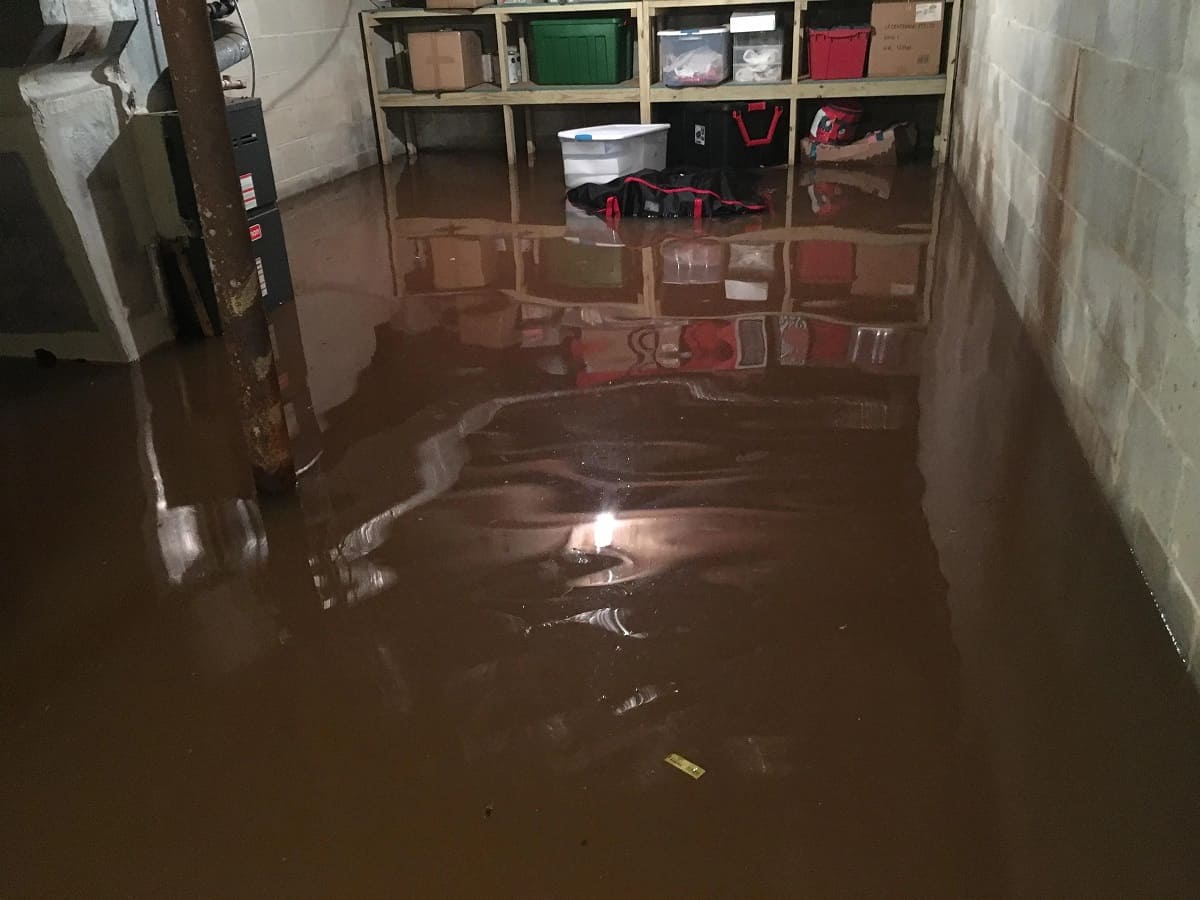
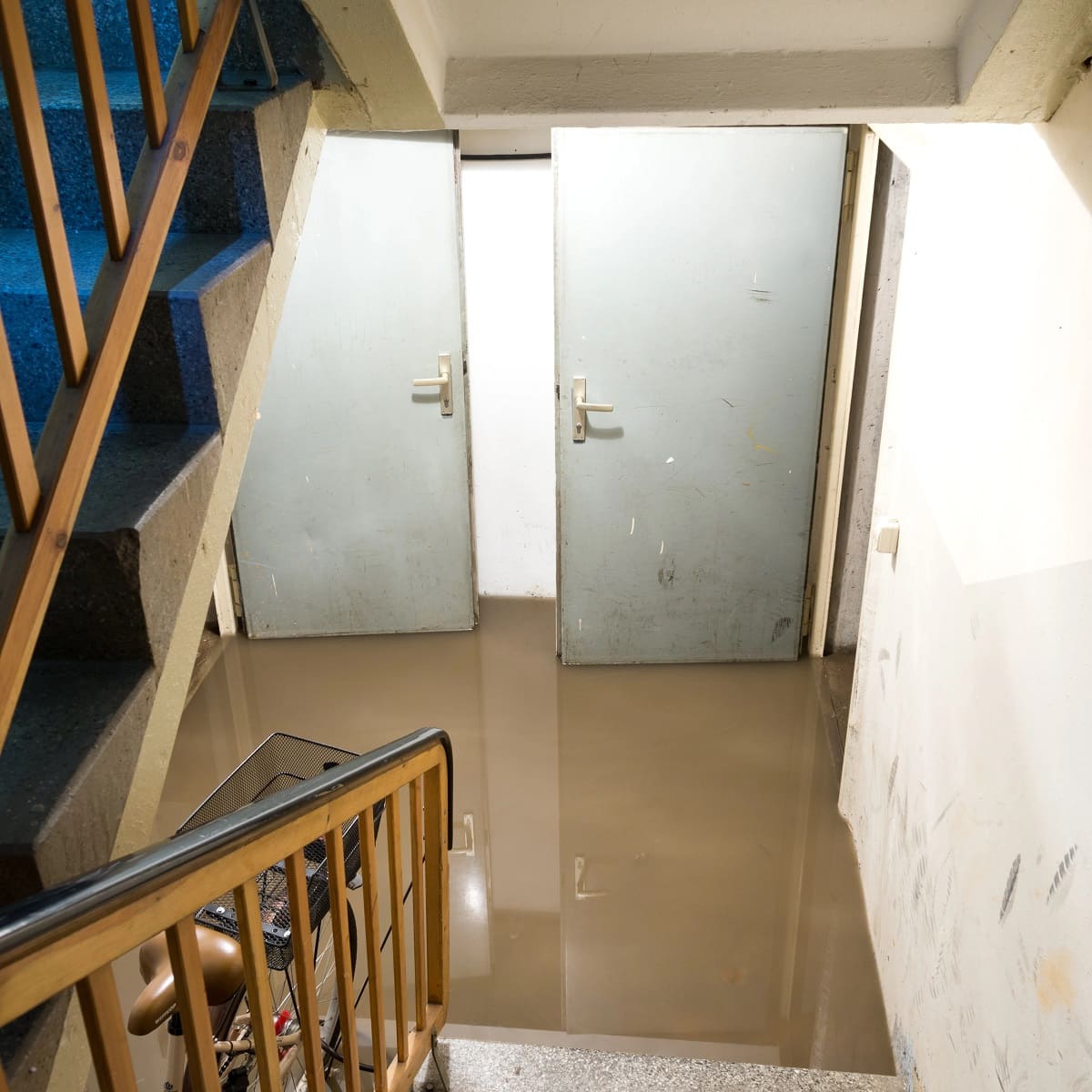
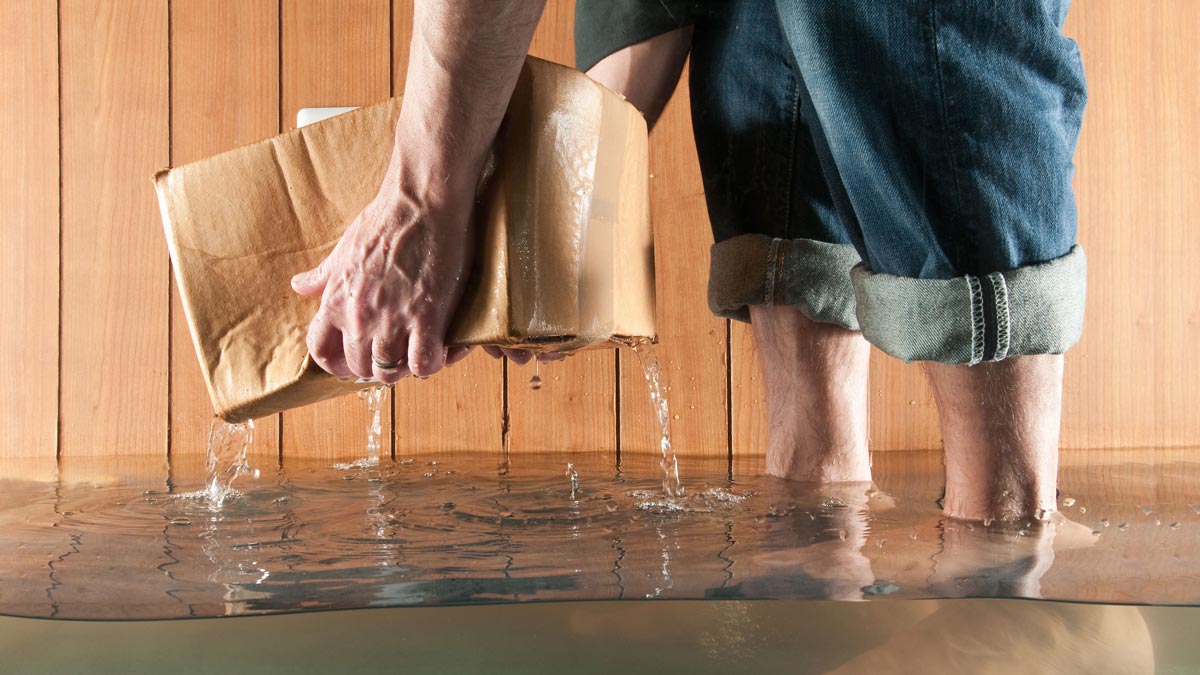
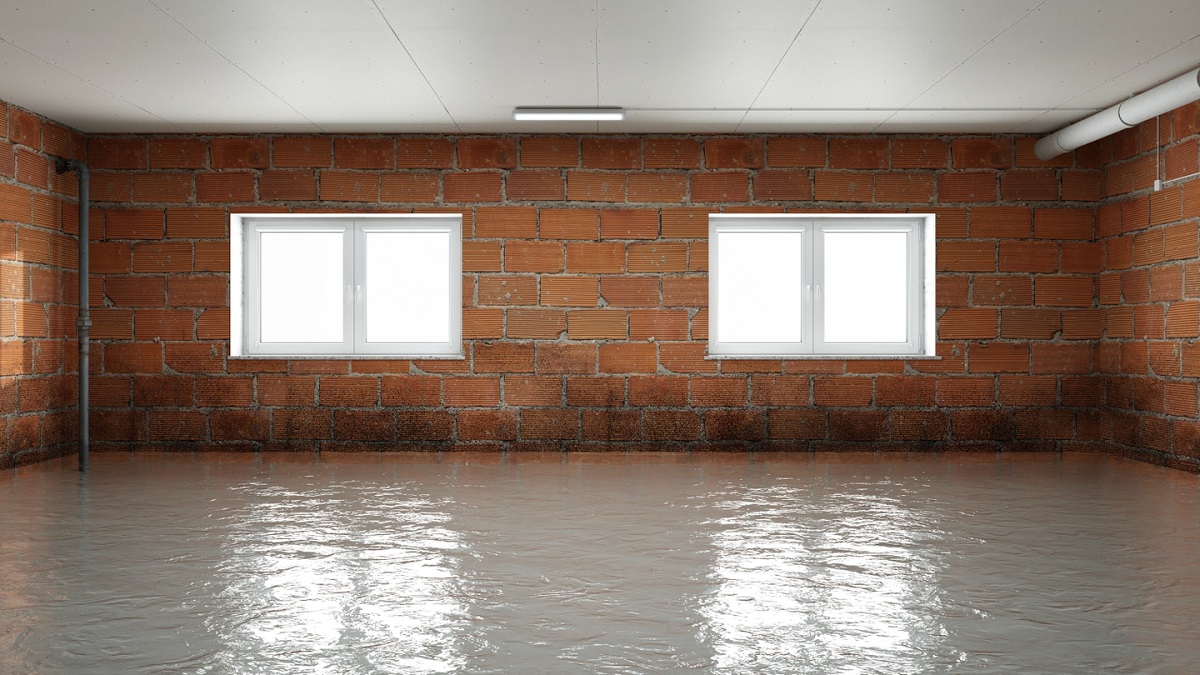
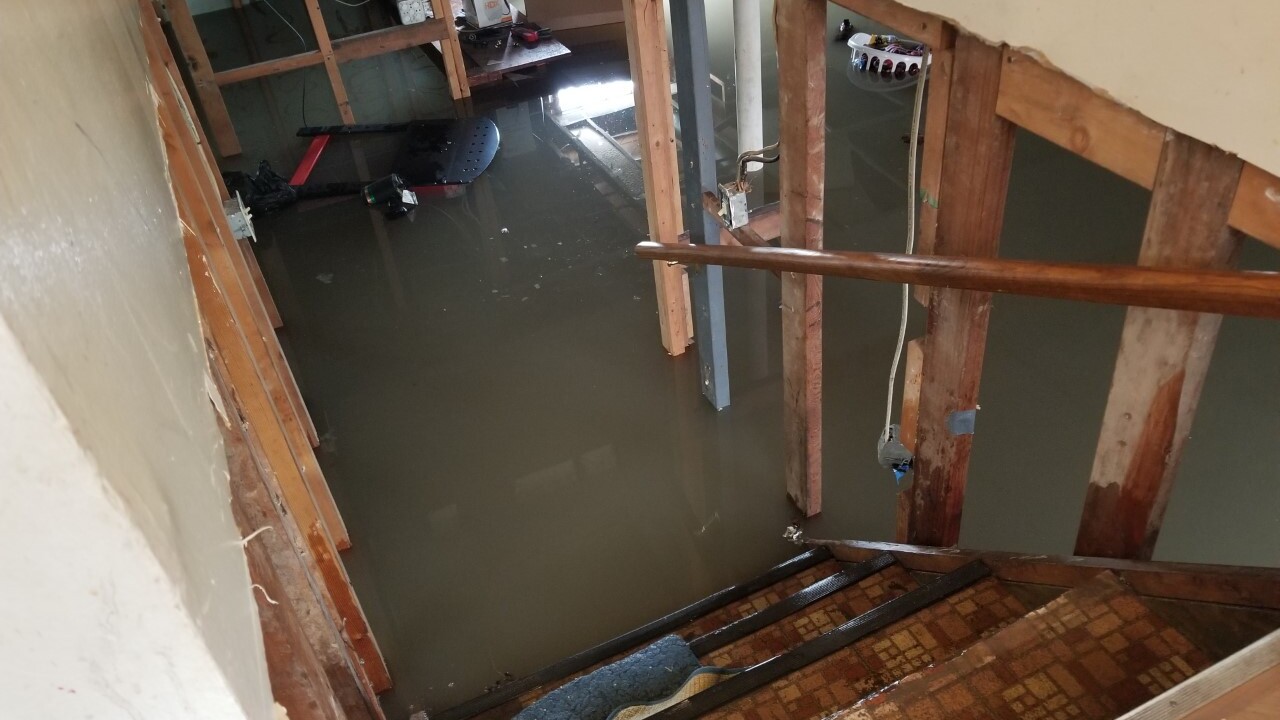
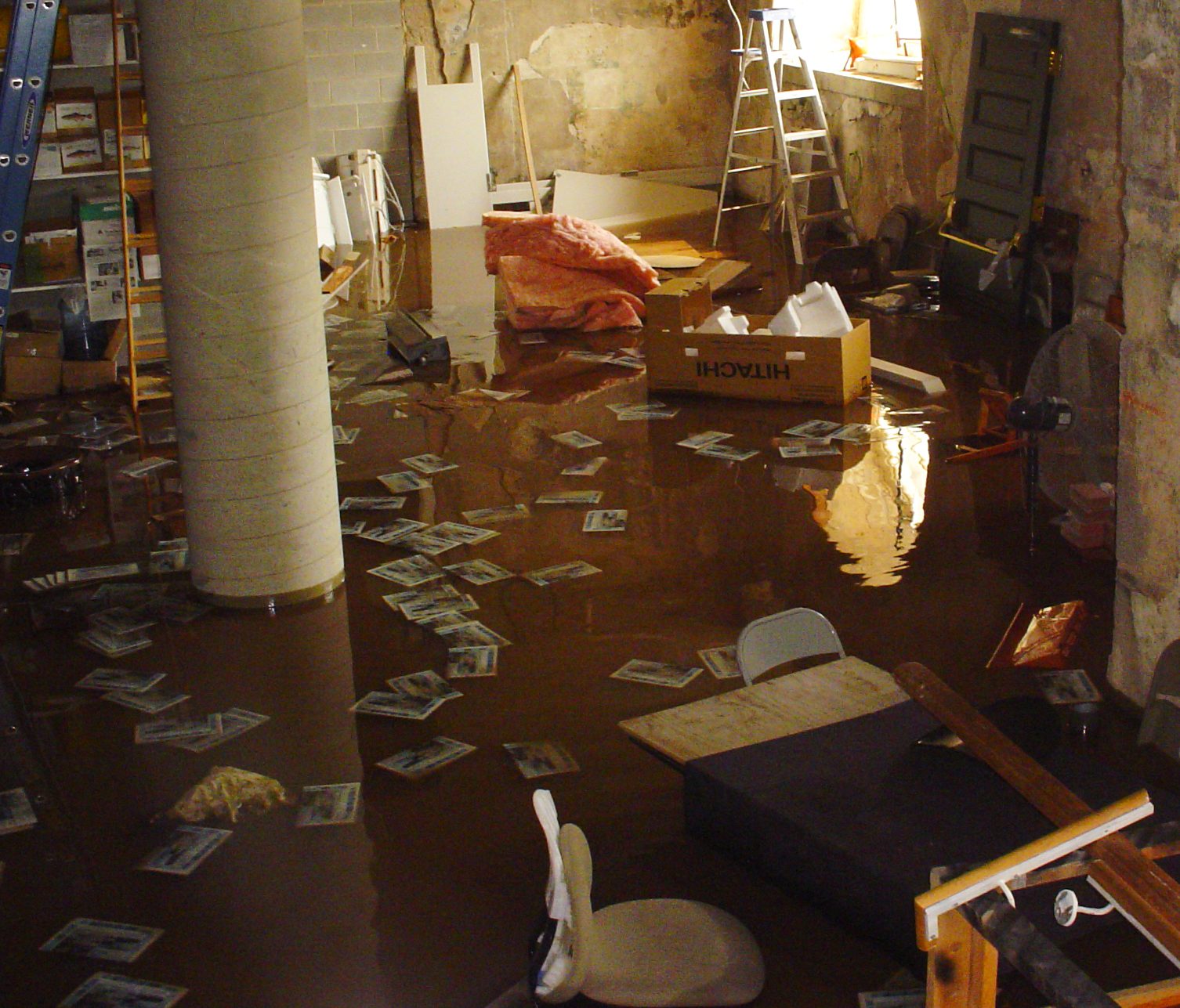

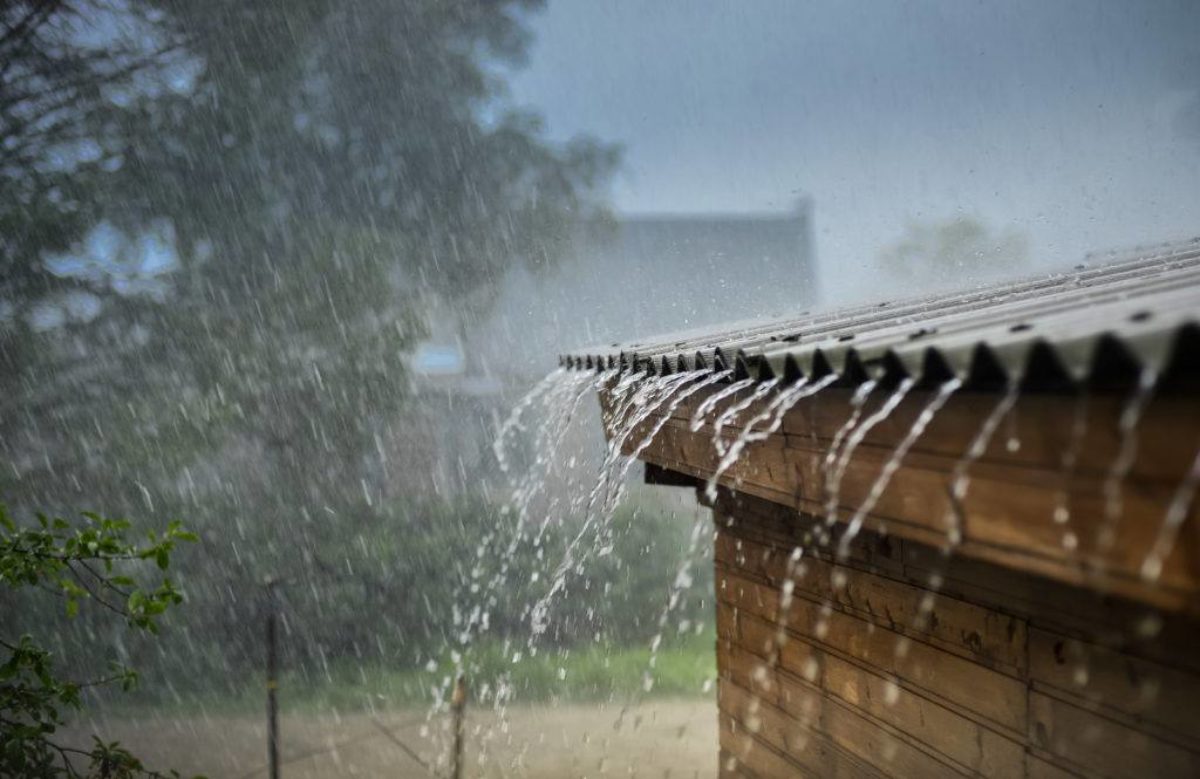
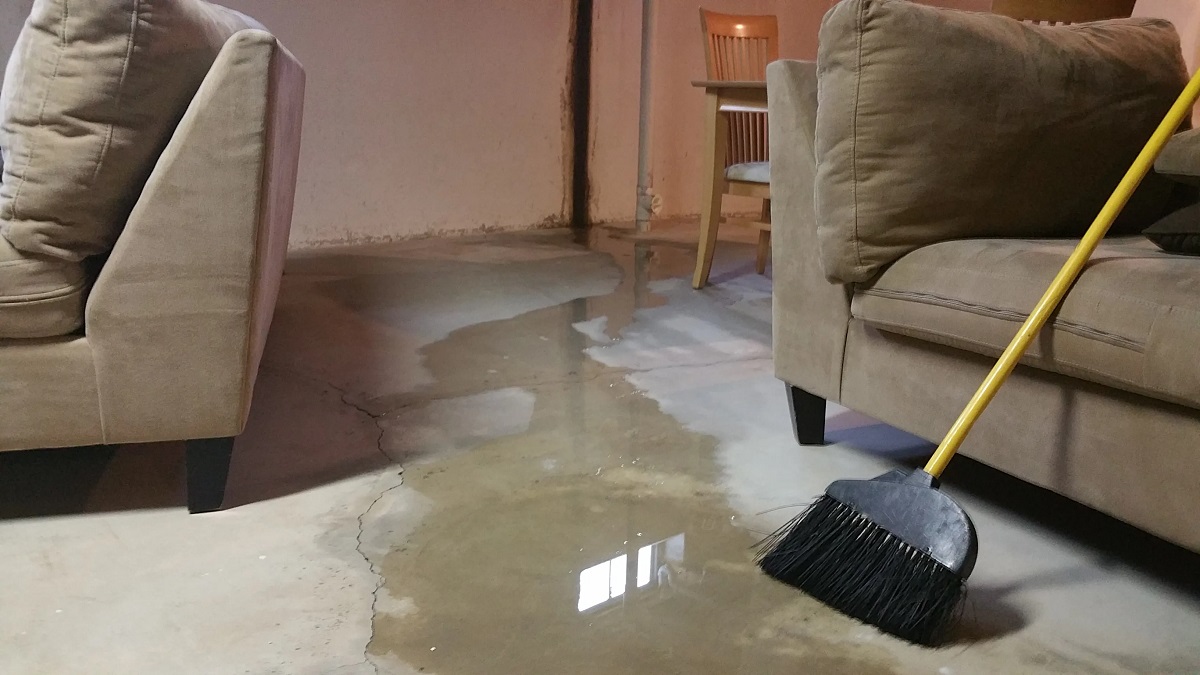
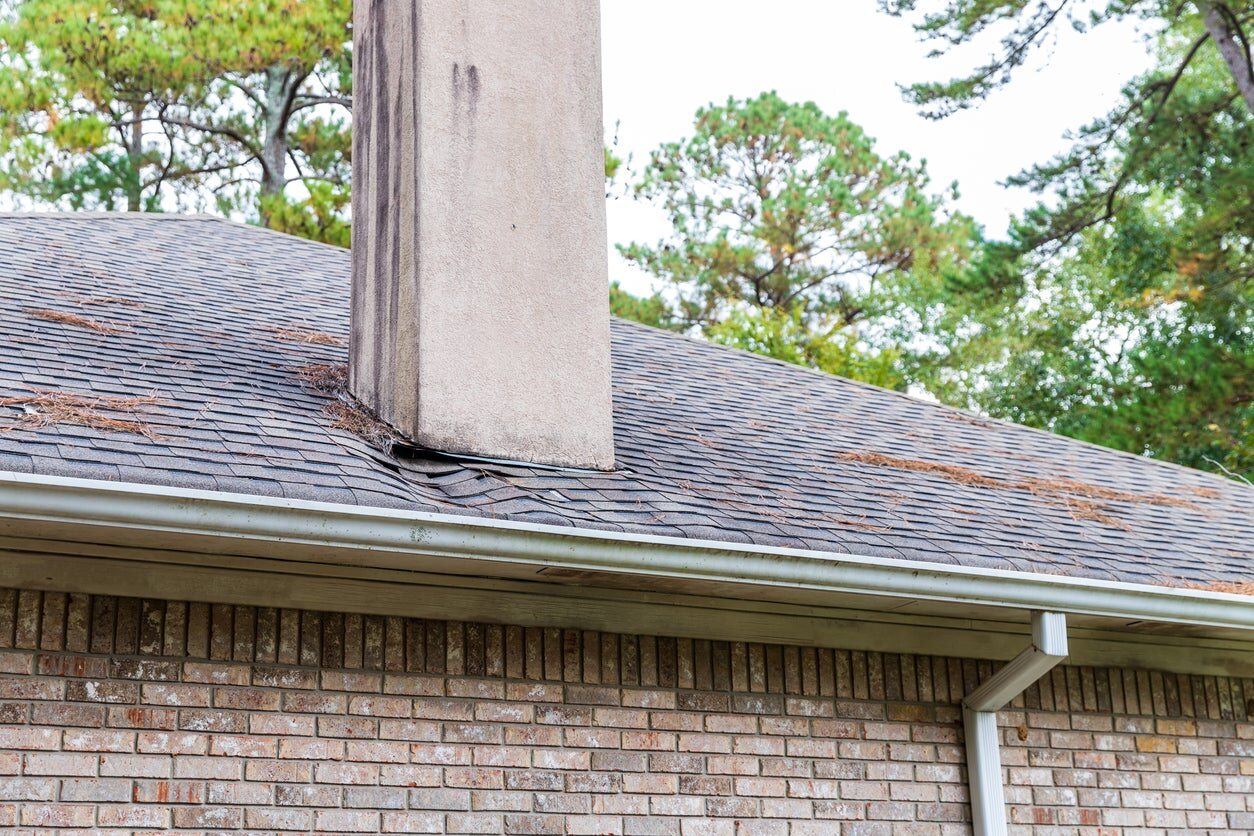
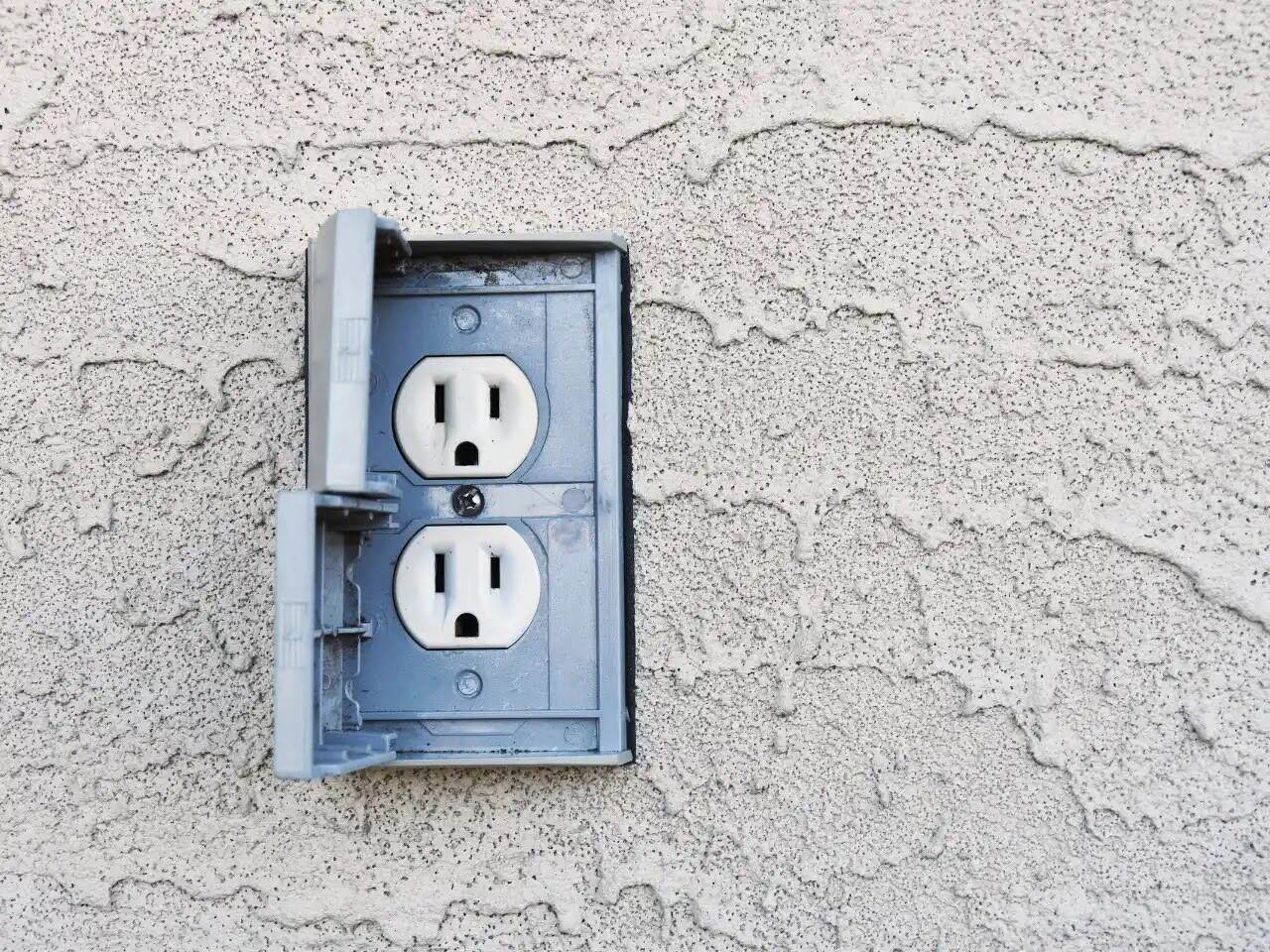
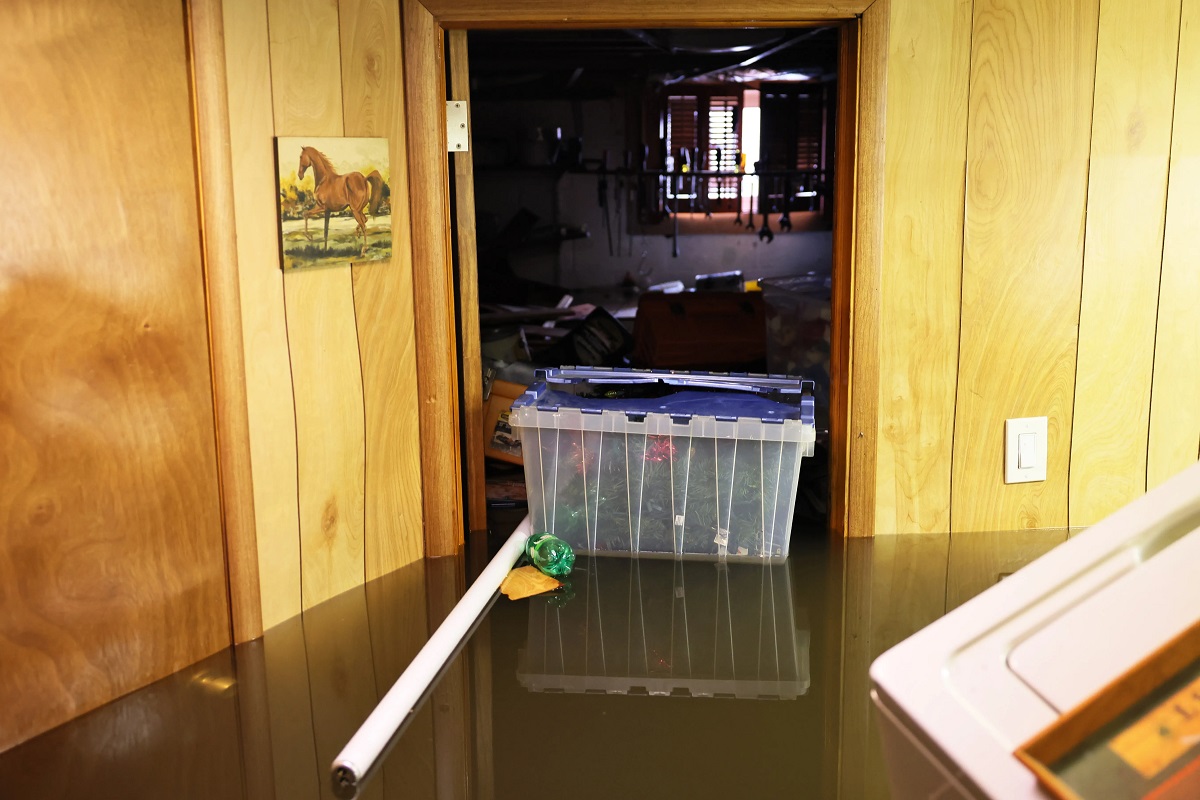
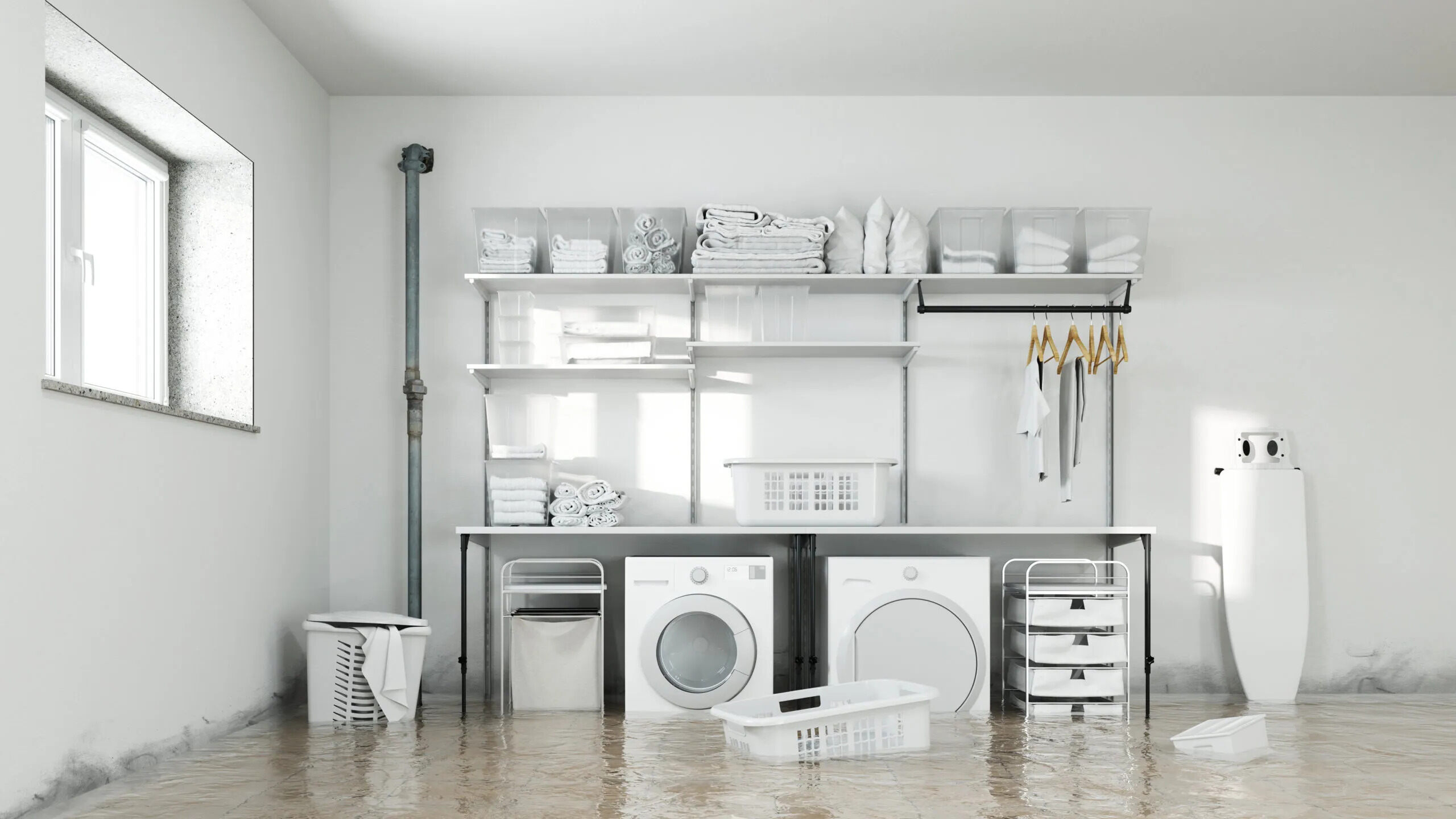

0 thoughts on “My Basement Floods When It Rains”